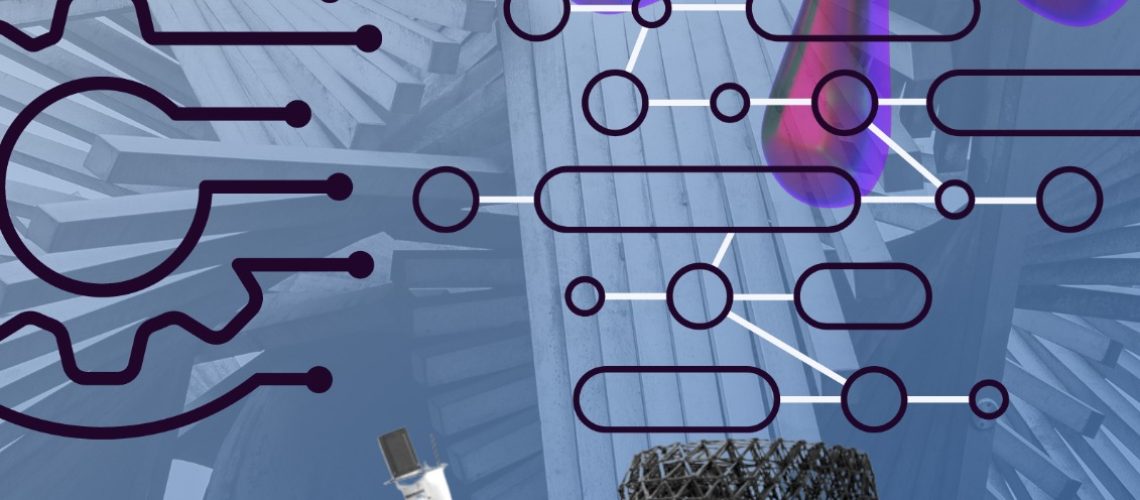Innovative technologies that have significantly impacted the field of architecture include 3D printing and laser cutting. Both tools give architects more flexibility and efficiency when producing intricate and precise designs.
Architecture and 3D Printing: 3D printing, commonly referred to as additive manufacturing, is a technique for building three-dimensional items by layering different materials on top of one another. The design and building processes in architecture have been revolutionized by the diverse applications of 3D printing. In architecture, 3D printing has several important applications.
- Prototyping: By quickly and inexpensively creating tangible representations of their designs, architects may more clearly conceptualize and convey their ideas to customers and stakeholders.
- Customization: Using 3D printing, architects can produce delicate architectural elements and customized parts that would be challenging or impossible to produce using conventional manufacturing techniques.
- Green building: Using 3D printing and recyclable, eco-friendly materials, architects can reduce waste and their carbon footprint during the building process.
- Quicker construction: Some businesses are looking into the possibility of manufacturing complete structures using large-scale 3D printers, which might quicken and lower the cost of construction.
Laser Cutting in Architecture: Laser cutting is a manufacturing process that precisely slices through a variety of materials using a concentrated laser beam. Laser cutting is largely used in architecture to produce detailed patterns, designs, and details on various materials. Several of the uses for laser-cut architectural innovations include:
- Building facade design: Laser cutting enables designers to sculpt complex patterns onto building facades, altering their look and adding distinctive aesthetics.
- Model creation: Similar to 3D printing, laser cutting may be used to produce intricate architectural models, assisting designers and clients in better visualizing the final product.
- Wayfinding and signage: Laser cutting is used to construct wayfinding and signage elements in architectural spaces, giving users directions that are both clear and aesthetically pleasing.
- Interior design components: Partitions, screens, lighting fixtures, and furniture can all be made with the help of laser-cut materials.
Both 3D printing and laser cutting have had a significant impact on the architectural profession by allowing designers to push the envelope, try out novel forms, and improve the way building is done. Future architecture, design, and the occupant experience of buildings could all be changed by these technologies.

